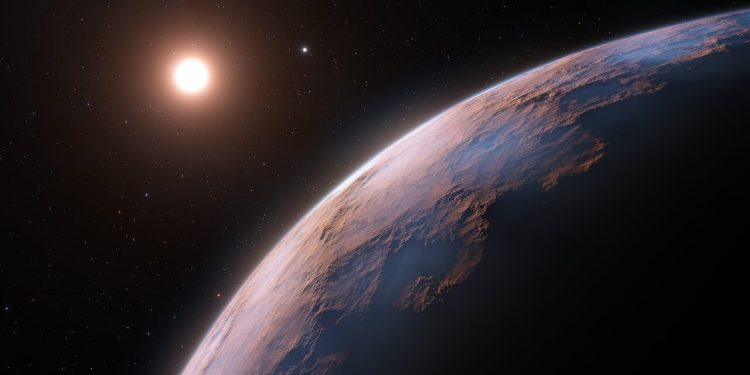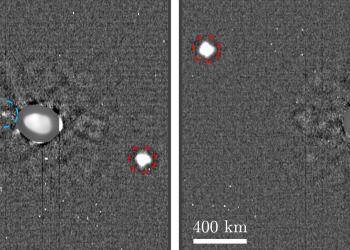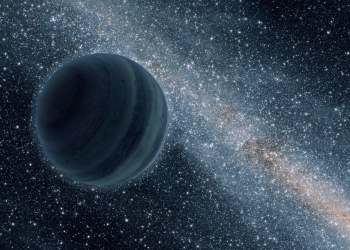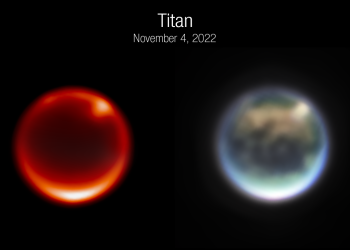In an exciting discovery that could redefine planetary science, astronomers from Lund University in Sweden have identified a mysterious exoplanet with an erratic orbit, challenging conventional astrophysical models. The exoplanet, named TOI-1408c, is located about 455 light-years from Earth in a distant star system and has left researchers baffled due to its unpredictable movements.
TOI-1408c’s Unique Orbit Defies Explanation
TOI-1408c, discovered in 2024 using data from NASA’s Transiting Exoplanet Survey Satellite (TESS), is twice the size and eight times the mass of Earth. Unlike most planets, which follow predictable elliptical orbits, TOI-1408c’s orbit shifts erratically, prompting astronomers to rethink current theories of planetary dynamics.
According to Dr. Judith Korth, an astrophysicist at Lund University, “The small planet shows highly unusual orbital behavior, with significant variations in when it passes in front of its star—something that’s rarely observed in exoplanet studies.”
The planet’s erratic orbit is further complicated by its proximity to TOI-1408b, a much larger “hot Jupiter” gas giant. This unusual combination has raised numerous questions about how planetary systems form and evolve.
Theories Surrounding the Mysterious Movement
One hypothesis suggests that TOI-1408c’s unpredictable movement may be influenced by an unseen celestial body, such as a rogue planet or neutron star. These objects could exert gravitational forces that destabilize the exoplanet’s orbit. Another possible explanation is that TOI-1408c was involved in a catastrophic collision with another celestial body, which threw it off its original orbit.
These theories are similar to other recent findings involving rogue planets. For example, a mysterious object moving at over one million miles per hour through our solar system may also be a rogue planet, as covered in this Curiosmos article.
Impact on Planetary Science
The discovery of TOI-1408c challenges established models of planetary system formation, particularly in systems with gas giants like TOI-1408b. Dr. Korth emphasized that this unusual exoplanet offers a valuable opportunity to explore alternative planetary formation scenarios.
“Our findings will help advance knowledge of how planets form and behave when they are in close proximity to giant planets,” Dr. Korth stated in a recent press release.
TOI-1408c’s discovery aligns with the increasing focus on exoplanetary research in the search for potentially habitable worlds. Understanding why planets like TOI-1408c behave so unpredictably may provide insight into the conditions that allow planets to support life. Learn more about the importance of exoplanets in our search for alien life in this article from Curiosmos.
For now, TOI-1408c remains a celestial enigma, challenging our understanding of planetary dynamics. The erratic movement of this exoplanet underscores the complexity of our universe and highlights the need for continued research into the vast diversity of planetary systems.











